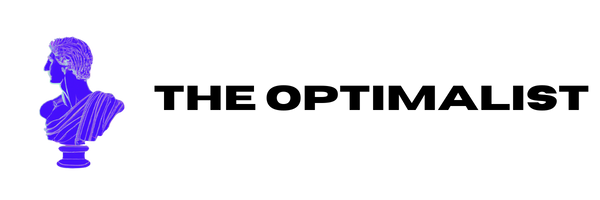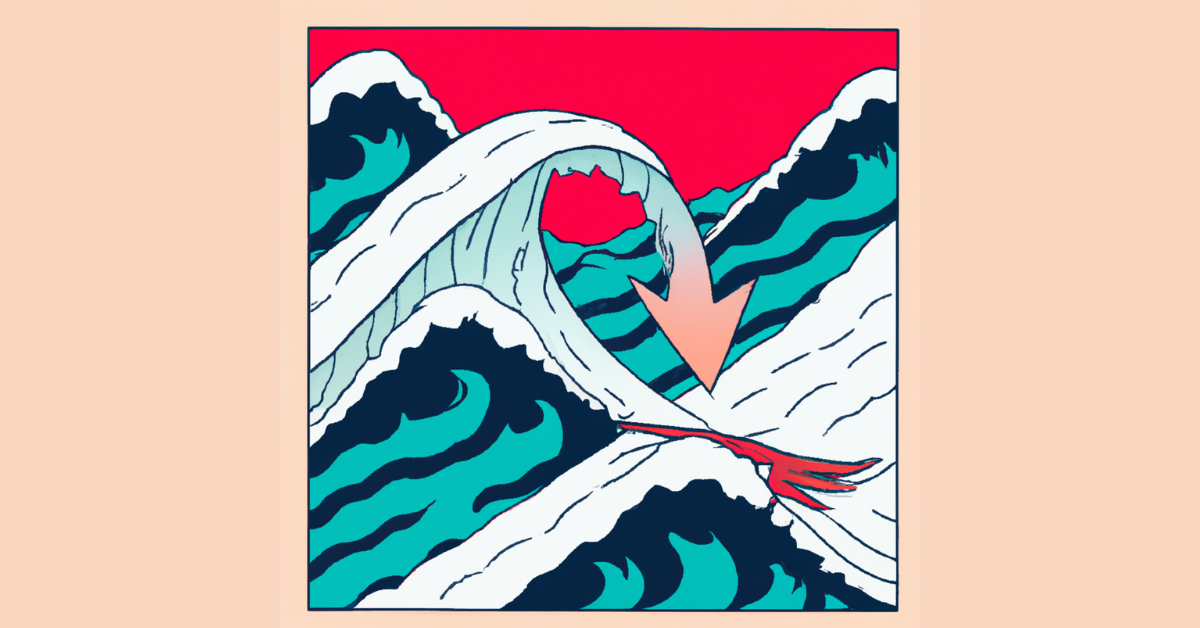I have been struggling with staying in a focused state.
It started with a new, remote job.
All of a sudden, there were no co-workers or bosses walking up with tasks or problems.
I had to be self-disciplined enough to stay on task without squirreling to the next phone or email notification.
The inspiration for this mental model comes from Dr. Andrew Huberman‘s podcast. It hit me at just the right time, and I’d like to share what I’ve learned.
Focus is a key part of becoming a more optimal and smarter version of yourself. It is not a step function. You are not in an unfocused state, then magically dropped into a focused state. It is dynamic. You must be able to recognize the internal and external factors that constitute “focus” and how to control them.
What we do repeatedly gets etched into our nervous system. As with anything, consistency is the key. With any of the tools mentioned here, doing them one time will not have a lasting effect. You must practice. A lot.
Here is a mental model for the chemicals that drive focus and tools for manipulating those chemicals.
Focus Mental Model
Neuro-chemicals drive the brain’s response to everything. Understanding how a few work will lead the way to changing the behaviors and adopting the tools necessary to master focus.

Think of an arrow with a propellor or engine where the feathers would be.
Functionally, the arrow shaft provides the energy, the arrow head is the focal point that spotlights the target, and the engine keeps the arrow moving.
- Dopamine gives the focus arrow motivation. It keeps it going. It is the endurance runner in the group.
- Epinephrine provides the energy necessary to focus for the optimal amount of time. This is produced by the adrenal glands and is the same thing as adrenaline. It is the arrow shaft. In the model this is probably the hardest analogy to swallow (mixing metaphors is cool). But just think of an arrow with a shaft that is only 2-3 cm long. That is not going to stay in the air for long.
- Acetylcholine is the arrow head. It allows us to target a specific thing to focus on.
When the arrow is metaphorically focus, it is used to shoot focus on a specific area for an optimal amount of time.
Now that we have a model for the neuro-chemicals and what they do, we can move on to the tools that allow us to turn the necessary knobs.
Toolkit
- Time-boxing
- Use 90 minute cycles for focused work. Look up Ultradian cycles.
- Set a timer. The first 5-10 minutes are transitional. Then try to drop into focused learning or work.
- Accept that you will drop out of focus, but work on being able to narrow focus back down.
- Long bouts of focus requires a lot of metabolic energy. At the end of the bout of focus, do deliberate defocus.
- Probably be able to do 3/day. Start with 1/day.
- Cold exposure
- Stress increases cortisol and epinephrine. This increases focus and concentration. Stress improves neural performance. Healthy way to do this is deliberate cold exposure.
- Take a cold shower or ice bath, do a cold plunge in the ocean, or go to a cryotherapy facility.
- Meditation
- This improves focus and concentration ability. Also, it reduces stress.
- Length of 13 minutes. Utilize focus/refocus exercises. I use the Headspace app.
- Do this everyday. Just not late in the day.
- Hypnosis
- Hypnosis is an atypical brain state that can greatly improve focus. You’ve probably been in hypnosis before and just not realized it. When you hear “flow state”, hypnosis is probably the real state.
- Revery app is a good tool for this. I plan to start using this.
- Do this type every 3-4th day. Anytime in the day.
- Yoga Nidra
- Yoga Nidra is a form of non-sleep deep rest (NSDR).
- This takes the form of reciting scripts while lying down for 10 minutes.
- It modulates the brain/body state to improve focus and is deliberate decompression.
- I haven’t tried this yet, but it will be going into my rotation soon.
- You can do this every day and at any time of the day.
- Audio tools
- Listening to Lofi helps me focus. I work better with music that I either don’t understand or have to think about. Lofi is the latter, anything by Polyphia is the former.
- Listening to white, pink, brown noise while working can also help.
- 40 Hz binaural beats can also be used for increasing focus and concentration. The Brain Waves app is based on this. Use for 5 minutes before starting a bout of work.
- Visual tools
- Overt visual focus can be a powerful tool.
- The key principle is that visual focus -> cognitive focus. Think about blinders on a horse. Same principle.
- Limiting visual focus by wearing a hoodie, etc., can improve cognitive focus.
- Focus on one location for certain period of time.
- I focus on a word on a book that is on my bookshelf for 70 seconds. Stay relaxed, and when your focus drifts, bring it back deliberately.
- Covert visual focus is another tool that I use.
- Focus visually on one spot, but keep your mind focused on something else.
- Overt visual focus can be a powerful tool.
- Supplements
- These are tools that you may not need every time. All supplements should be cycled off of. Don’t use supplements as a crutch; use the tools listed above first. examine.com is a great tool for links to studies and effect of compounds.
- I use 150 mg caffeine + 200 mg of L-theanine in capsule form to help while in long work bouts.


Leave a Reply